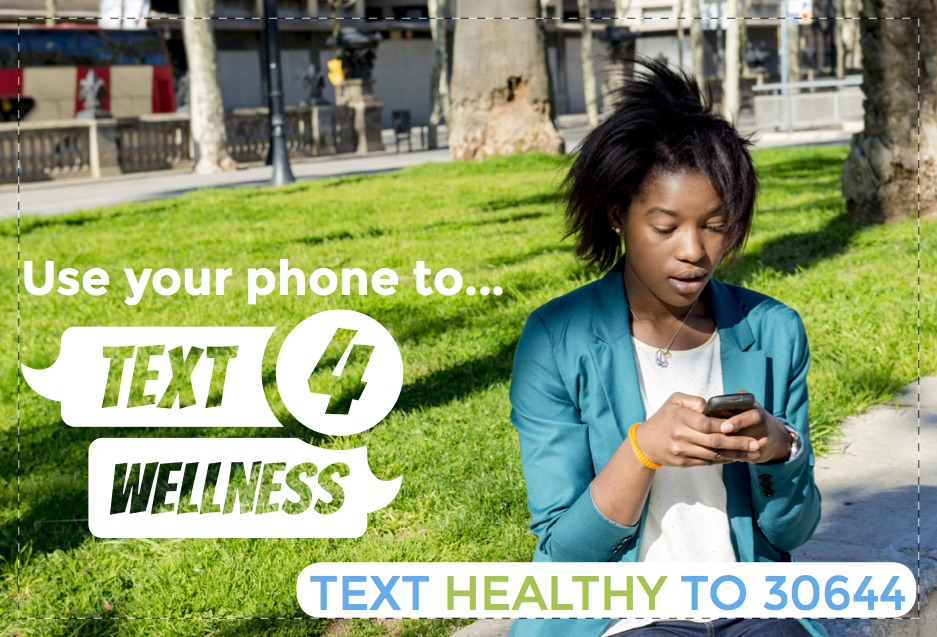The Institute for eHealth Equity
Thousands provided with health information with zero opt outs with SMS campaign.
Problem: How do you reach an underserved community with vital health information?
Underserved community members and community members of color often face system-based barriers to accessing healthcare and health-related information. As a result, they are subject to chronic diseases like asthma and diabetes, and their health care costs are significantly higher than other demographics. Moreover, race and socioeconomic status continue to drive significant gaps in life expectancy, beginning at birth. While the determinants of health are complex, the data clearly suggests that health care systems must do a better job of connecting and engaging with communities of color.
So how can you send vital health information to a community that’s historically been deemed ‘hard to reach’?
“We asked folks to do something counter-intuitive – to text in church.” – Silas Buchanan, CEO, Institute for eHealth Equity
Solution: A campaign that brings together text messaging and trusted community organizations
The Institute for eHealth Equity had an idea. They know that people read text messages. And they also know that people listen to their pastors in church. So what if you combined those two influential outlets together to urge people to change their behaviors?
In 2014, the Institute launched a pilot program in Atlanta, Columbus, and Dallas. They worked with five faith-based organizations in those three cities. Pastors agreed to discuss the importance of health from the pulpit. They then directed users to text in the keyword HEALTHY to join the Institute’s SMS program.
Pastor Mark Johnson discusses the Text 4 Wellness program.
“We asked folks to do something counter-intuitive – to text in church,” said Silas Buchanan, the Institute’s CEO. “We know that over 87% of our target demographic uses cell phones. We wanted to explore our hypothesis that under-served community members – especially community members of color – are likely to respond if they are messaged through the community-facing organizations they know, love, and trust.”
Text messages encouraged subscribers to engage in exercise, taught them new ways to cook veggies, and explained the dangers of sugary drinks like soda. The Institute also checked in with subscribers, to ask them questions about how their progress was going. By engaging subscribers in a one-on-one conversation, the Institute encouraged them to take ownership of their health.
The Institute supported their outreach push with palm cards, glossies in pews, and ads in church bulletins. They tapped one member from each church as the “Health Minister,” to keep tabs on how the program was progressing. Through a sponsorship with Drexel University, they even offered $10 gift cards that subscribers could redeem for something healthy at a farmer’s market.

Results: Thousands of Participants Seek Out Health Information – With NO Opt Outs
Thousands of people listened to their pastors and texted in to join the Text 4 Wellness program.
“The secret sauce was the pastor chatting about it from the pulpit,” said Buchanan. “If the pastors didn’t bless it, if they only chatted about it one time, it wouldn’t have worked. These pastors were committed. At least every other Sunday they were talking about it.”
When the program asked their subscribers questions, they had an amazing 43% response rate. Most incredibly, the program had zero opt-outs.
“People will always open a text message, particularly when it comes from a trusted source.” – Silas Buchanan
In addition to dispensing vital health information, the 6 month program also collected invaluable demographic and behavioral data from nearly 700 respondents, ranging from insurance coverage and smoking status to eating and exercise habits.
The pilot confirmed that community leaders are hungry for culturally appropriate programming to engage and mobilize their members. And perhaps more importantly, that community members were responsive to receiving and sharing information about their health.
“We found that the messenger counts, sometimes even more than the message”, explained Buchanan.
The Institute is now looking to continue their SMS outreach with a campaign about infant mortality.
“We know that providers are struggling to get people to log on to their patient portals or open emails. But people will always open a text message, particularly when it comes from a trusted source.”

More resources

Global Media Organization Turns to Upland’s RightAnswers for Ultimate Contact Center Transformation
Taking an organization from local to global requires an elevated approach to knowledge management. For this organization, RightAnswers is the solution.

Insurance broker advances operations and expands to digital communications with OL Connect
This active insurance company needed a solution to integrate with their existing ERP system to boost print operations, enhance document design, and provide multi-channel communications to customers.

Commercial bank uses OL Connect to streamline workflows and enrich customer communications
This busy financial firm needed a solution to integrate with their current systems to enhance productivity and client correspondence while adhering to strict compliance regulations.